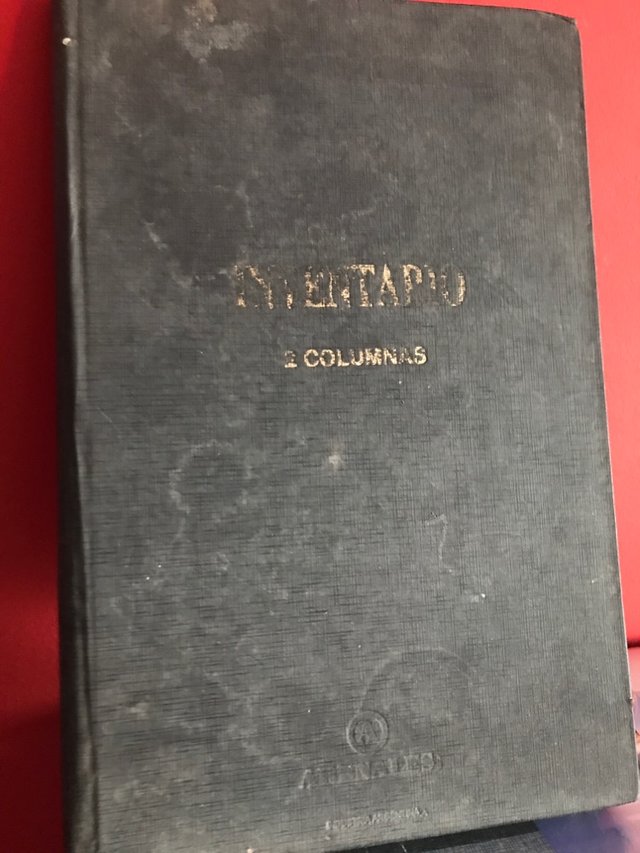Budgets for Your business

What is a budget?
A budget is an action plan approved by the highest decision-making body of an org and with a degree of detail that covers up to the department level. It contains info. Relevant and valued, it is a quantified expression of the plans, which are the set of actions and operations determined to achieve objectives set by the company. They are useful and indispensable for decision making.
Economic budget (final budget)
The economic budget reflects the profit / loss that the company is expected to have during a given period, it will be the result of all the actions carried out by the org. During this period. This budget is governed by the accrual concept since it considers all the income / expenses that are generated during the budgeted period regardless of whether they actually materialize in that period. VAT should not be considered in the economic budget since the company acts as a withholding agent, the percentage obtained on sales for the tax belongs to the state. It has no impact on the economic, given that the price to be computed, such as costs, in case of being registered, is the strict cash. The difference paid or received as VAT does not belong to the company, but constitutes a tax credit / debit respectively.
FINANCIAL BUDGET (final budget)
It is made up of estimates of income or resources, of fund expenditures and credit / investment needs to achieve a balance between the two. Essentially this budget, is the vision of all previous budgets but from the perspective of what is perceived (consider the recognition of income / expenses when they are actually realized). This information allows us to take advantage of the availability that the organization maintains at each opportunity and prevent financial imbalances that may arise from the adoption of the strategies used. It is usually called cash flow and there the financial position is exposed through the income and expenses that were generated in the budgets mentioned above. A scheme of this would be, to the initial balance of real availabilities of the period the Income would be added: by collections of accounts receivable, cash sales, bank credits, disposition of assets or contributions of the owners. Regarding expenses, it would include: payment of debts, purchases, expenses and payment of dividends.
Sales budget (partial budget)
The Sales Budget should be considered as the basis for the development of the Comprehensive Budget, since the customer is the foundation of a company and the factor that allows it to last. In order to prepare sales estimates, certain factors must be taken into account, such as competition, the mix of customers and products to be sold and their contribution to the entity's results (marginal analysis), as well as the markets where It will perform. Once this scheme is established, divided by each person in charge of the area, the set of sales to be made will be totaled, by the different channels of the different products, the times in which they will be made and the payment methods. The degree of opening of the data (type of customer, geographical area, vendors, etc.) will be done to the extent of the possibility of generating information and its subsequent control.
The production budget final
Is the determination of the quantity of items to be manufactured during the period to be budgeted under certain established conditions. It is the transformation of sales volume into manufacturing units. Taking into account the desired final stock and the initial stock, that is: Production budget: Sales budget + final desired inventory - Initial inventory The calculation of the production budget must be carried out for each type of product in particular and taking into account the number of physical units. The basis for successful completion are the following: * determine the total production needs, which must be expressed in the number of finished products; * establish the work capacity of the company and of the equipment or equipment to which they have been assigned any task related to the production process; * define the availability of labor and raw materials; * analyze the potential consequences, both negative and positive, of the duration of the manufacturing process.
The partial purchasing budget
It implies determining the number of units that must be acquired to cope with consumption, so that there is normal production and to have a reasonable quantity as inventory, so that it does not imply higher costs for storage or risks for loss or deterioration.
Comprehensive budget
The Comprehensive Budget is called the set of operating budgets, which, according to the characteristics of the company on which it is being planned, allow the preparation of the main budgets (Economic Budget, Financial Budget and Projected Balance) as well as the Budget of Investments required for the plan. It is precisely called integral because it shows the articulation and the relationships between the different budgeted calculations, leaving the bases on which the Management Control and compliance with the Plan must be carried out.
The integral budget is a means of business action that allows to shape in economic terms the decisions contained in the plans and programs.
The integral budget must be
• Driven from top to bottom
• Cover all areas
• Dynamic, adaptation to changes
• Analytical, maximum detail
• Simple on display
Posted using Partiko iOS
Congratulations @estebanmgn! You have completed the following achievement on the Steem blockchain and have been rewarded with new badge(s) :
You can view your badges on your Steem Board and compare to others on the Steem Ranking
If you no longer want to receive notifications, reply to this comment with the word
STOPVote for @Steemitboard as a witness to get one more award and increased upvotes!